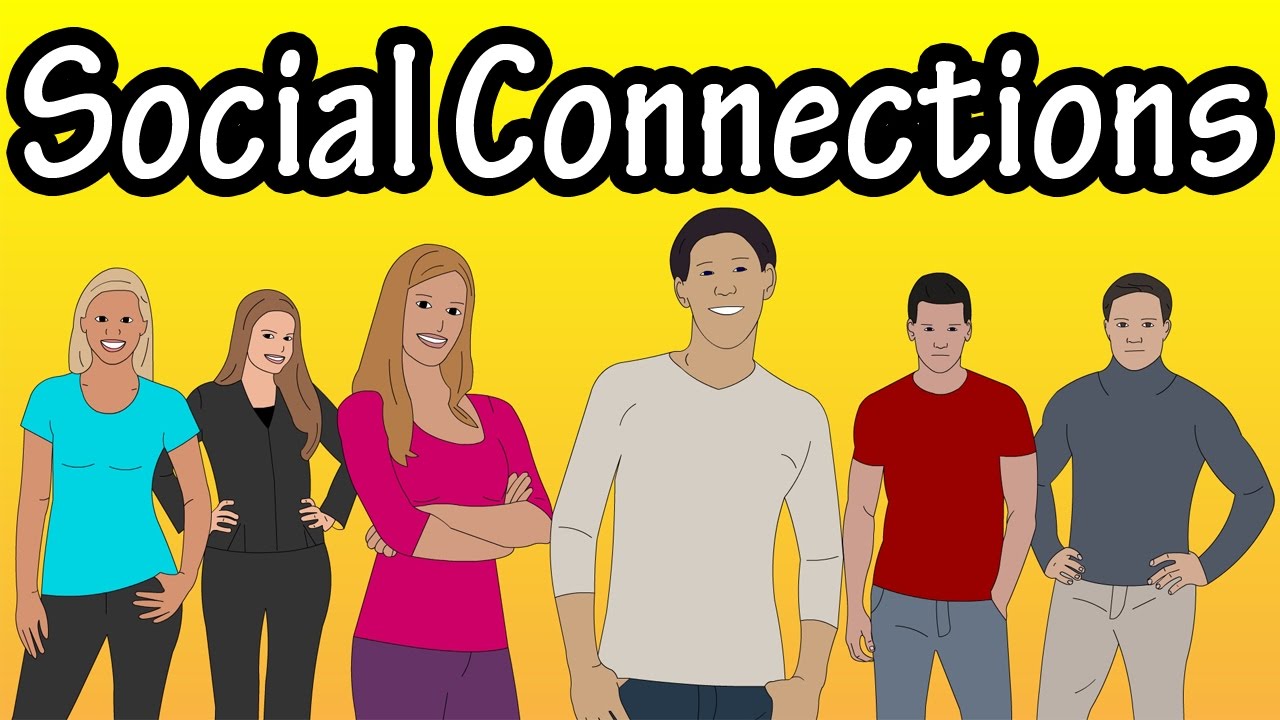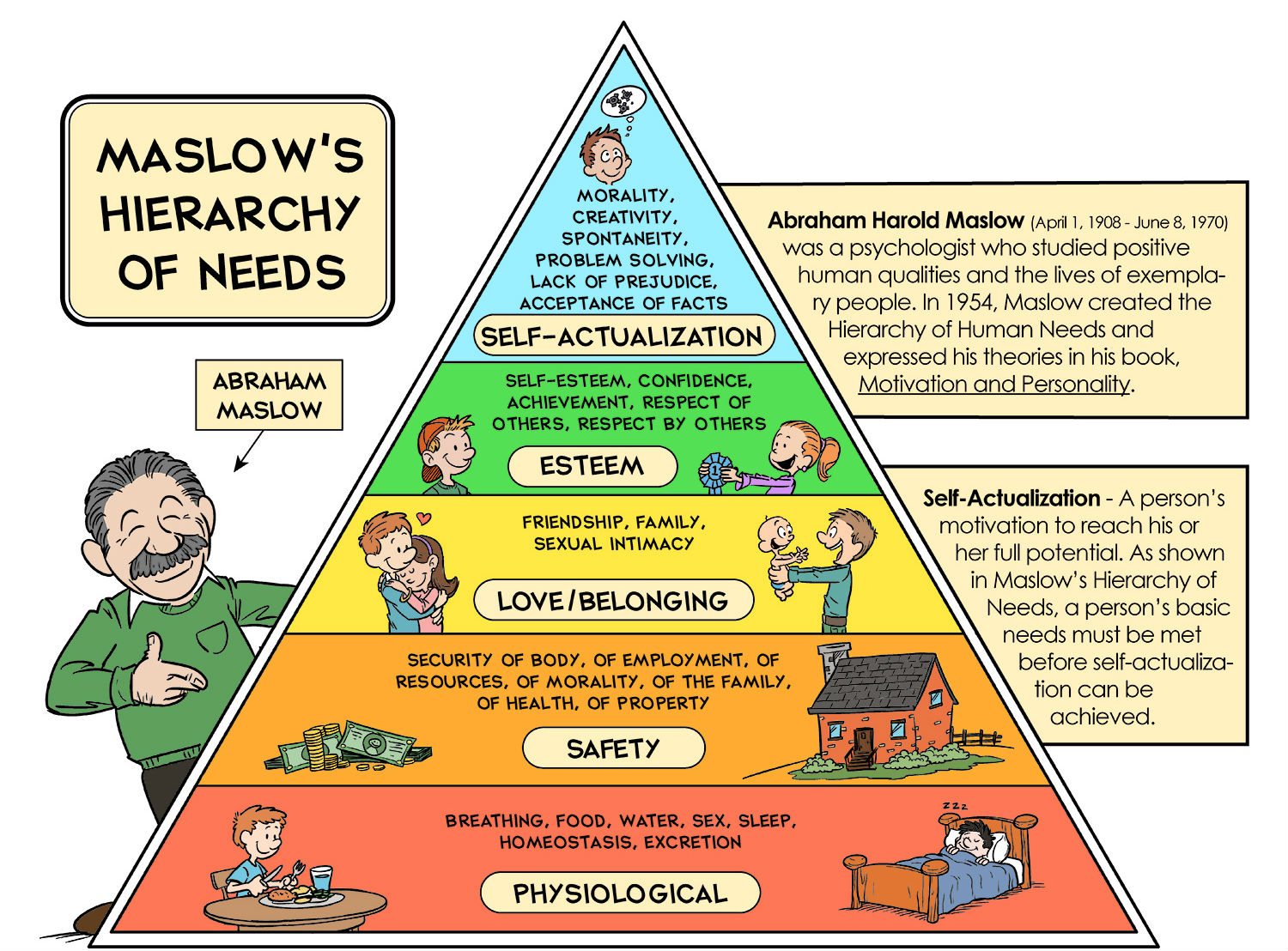
With the effects of Covid-19 really kicking in this week I have continued to be inspired by some of my client’s ability to lead their teams despite everything.
This article considers two things you might do as a leader to provide practical support to your remote working teams, they are taken from experiences I have shared this week with some of my coaching clients.
As I write this blog, I have just noticed an announcement from the BBC News web site that almost one quarter of the world’s population are under lockdown. That is 7.8 billion human beings. Those that are delivering front line services to support the community are attempting to keep vital services going whilst the rest of us are being asked to stay at home.
A recurring theme for many of my coaching sessions this week has been around keeping staff motivated and engaged as they work from home. I shared in an article on the 20th March how one of my clients had been interacting with her team on-line and I have seen some great advice from blogs, articles and news items for us all to consider when supporting our team engagement and I wanted to share some thoughts on this subject too.
There are two areas I would like to consider which are working remotely and then custom communication.
Working Remotely
When interacting on-line it is important to consider that we are only using two of our five senses, sight and listening, the other three sense (touch, smell and taste) which are known as the social senses and will be missing from our on-line interactions.
Much of our social connection and interaction uses the social senses. Touch or kinetics is how we sense and interact with physical things. How do we engage with others? How big is your personal space? How do others encroach our personal space? Our sense of touch works very closely with smell and taste. Smell, preferential sense of the brain, goes directly to the limbic system and has an immediate response to emotion and memory as does taste. We can group those three senses together and class them as our social senses. That’s how we engage in the world. That’s how we really communicate. A lot of our day to day connections and our human connections are around those three senses, which is interesting when we consider working remotely. If we work digitally, we focus on seeing and hearing and we don’t really have that strong sense of connection through our social senses.
How might we build in methods to acknowledge and compensate for this dilution of social interaction?
There are two further senses we might also consider, and they are to do with movement (vestibular and proprioception). It is quite easy when working from home to forget to move around as you might when you work from your office. This is even more of a challenge if we are in lock-down and being asked to stay indoors. I have heard mention that “sitting is the new smoking” and according to The World Health Organisation they have already identified physical inactivity as the fourth biggest killer on the planet, ahead of obesity. So, it is important that we consider the length of time we are working without movement, and it is also important to provide your teams with some guidance in terms of posture as well as working patterns.
There is also the mental health issue to consider around styles and preferences of work. Carl Jung, the 20th century psychologist, whose theory of personality types that formed the basis of the Myers Briggs Type Indicator assessment tool (MBTI) suggested we get strength and energy by pursuing our preference of either extroversion or introversion and the lesser strength used too frequently might lead to a lack of energy or even toward stress if not working in balance.
It might be good as a team leader if we can make sure our teams are getting the right balance in their work patterns and that we can feed them work that helps them use the preferences to help keep them in balance and mentally well.
Custom Communication
I would now like to consider where our teams, peers and our social contacts might be as we interact with them. Is the person you are talking to occupying the same mental space that they occupied a week or so ago? This might have been the space where you met your colleague last week or during your past, normal conversations, but I wonder if you are considering how their world has changed over the past few days and where that leaves them emotionally? How can we ensure our leadership style is as effective as it can be and helps evidence empathy and compassion at this testing time?
A one size fits all communication approach has been identified as not great practice if we want to aspire to be great leaders, one of the principles of executive presence is to practice custom fit communication. I believe this is even more important at the current time if we are to be truly effective and display authentic empathy and support to our team members. Let me explain why.
Most of you reading will be familiar with Maslow’s hierarchy of needs.

Maslow suggested that we move between the various levels of the pyramid at different phases and stages of our lives. He believed that we needed to satisfy one level before we could progress to the next and that from time to time events might occur which would take us from working at a higher level to a lower level of his pyramid based on the need no longer being met. For example, if someone were operating at esteem level and they suddenly got notification that they were to lose their job, they may drop down to safety level where security became the forefront of their thoughts rather than achievement or respect.
Now, consider that in terms of life now. How many of you were working with your teams at esteem or self-actualization level, where the conversations were around development, stretch assignments, promotion, performance goals or bonuses and incentives? Where might they be today on the pyramid? Are they concerned about safety or even worse, concerned for their own physiological well-being? By being aware of where your individual team members are in terms of their own mental position you can begin to plan how best to interact on an induvial basis.
It might also be of value to help your respective team members understand how this model might be influencing their actions and thoughts currently and that it is OK to think this way, it is natural. We might also want to consider Carl Jung’s theory of balance and preference. If someone is now in safety level and is remorseful or frustrated by no longer being in esteem or self-actualization, how might we be able to help them to have some time and space in the preferred level without feeling ashamed or guilty? It is important that we can still take energy and strength from some of our activities to ensure we are in balance and mentally healthy.
We need to consider both these dynamics as leaders and people with influence and perhaps these two ideas that I have presented can help you support your teams with a more practical approach that can keep your teams physically and mentally fit over the coming weeks or months.
If you would like to leave a comment please feel free to do so below. If you would prefer to talk about this in person, please use the diary booking app set into my web site.
Keep safe and well. Tim Anderson
